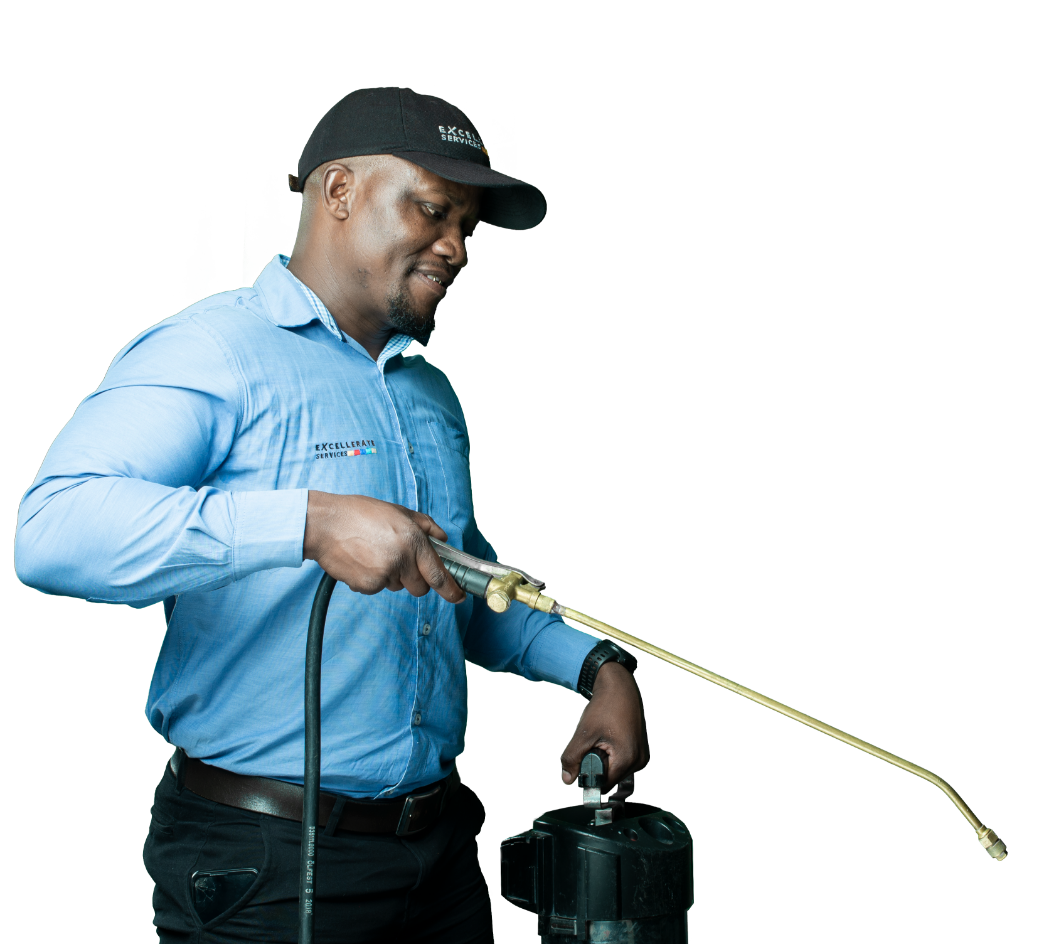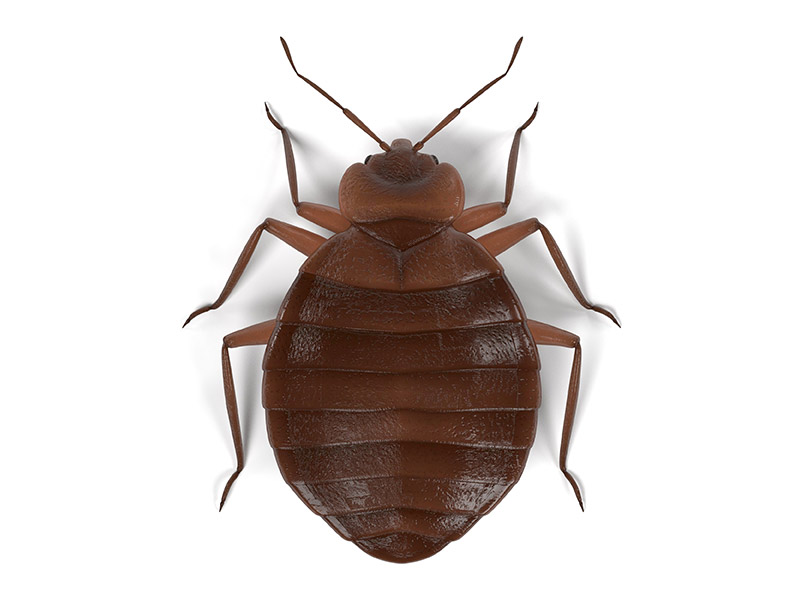Keep your home safe with Pest Control and avoid future infestations.
Eco-Friendly Bug Control Approaches for Handling Wild Animals in Urban Locations
Urban areas usually locate themselves at the crossway of human task and wild animals, leading to unique obstacles in insect administration. These approaches not only safeguard the setting yet likewise enhance area interaction in wildlife management. As metropolitan populaces continue to expand, recognizing the dynamics of wildlife communications ends up being increasingly essential.
Comprehending Urban Wild Animals Dynamics
Recognizing Urban Wildlife Characteristics is important for creating efficient and eco-friendly parasite control techniques. Urban locations are increasingly ending up being habitats for numerous wildlife varieties, driven by elements such as habitat fragmentation, food accessibility, and human advancement. Acknowledging these dynamics permits a nuanced strategy to pest management that aligns with eco-friendly concepts.
Urban wildlife typically consists of varieties such as raccoons, squirrels, and birds, which adapt to city atmospheres, finding niches in eco-friendly rooms, parks, and even suburbs. Their visibility can result in disputes with human beings, specifically when they exploit human resources for food and shelter. Recognizing the actions and eco-friendly functions of these types notifies strategies that reduce negative communications while promoting biodiversity.
In addition, recognizing the interdependencies within urban ecological communities assists in identifying important areas for habitat preservation and restoration. This expertise adds to the development of integrated parasite administration (IPM) strategies that consider the ecological equilibrium, therefore minimizing dependence on dangerous chemicals. By cultivating coexistence in between human beings and city wildlife, cities can develop much healthier environments that profit both citizens and local communities, leading the way for sustainable metropolitan living.
Natural Repellents and Deterrents
Natural repellents and deterrents use a sustainable alternative to traditional parasite control techniques by taking advantage of the power of nature to keep unwanted species away. These green services commonly use plant-based components, essential oils, and other normally occurring substances that deter insects without harming the atmosphere.
One efficient natural repellent is peppermint oil, which is understood to fend off rats and bugs. Its solid fragrance is undesirable to many bugs, making it a prominent choice for city setups. Likewise, vinegar and citrus peels can work as deterrents, as their strong smells are typically unappealing to different wild animals.
In addition, diatomaceous planet is an all-natural powder that can be spread in areas vulnerable to parasite activity, properly dehydrating and discouraging pests without posturing dangers to non-target types. Garlic sprays and neem oil are identified for their capability to fend off a vast range of pests, consisting of both pests and larger wildlife.
Implementing these natural repellents not just lowers dependence on chemical pesticides however also promotes a healthier metropolitan ecosystem, cultivating an extra balanced coexistence between human beings and wild animals. By utilizing these techniques, city locations can efficiently handle parasite populations while minimizing environmental influence.
Habitat Alteration Techniques
Effective environment modification strategies play an important role in lasting pest administration by changing the setting to make it less for pest problems. By comprehending the eco-friendly dynamics of urban areas, homeowner can execute strategic alterations that hinder pests while advertising biodiversity.
(Integrated pest management Port Charlotte)One main strategy includes preserving appropriate hygiene. This includes regular waste removal, securing trash can, and removing standing water to minimize reproducing sites for insects and rodents. In addition, landscape design techniques such as picking indigenous plants can enhance eco-friendly balance, supplying habitats for useful microorganisms while minimizing resources for insects.
Another essential technique is to seal entry points in buildings. Inspecting and fixing cracks in foundations, walls, and home windows can considerably reduce insect gain access to. Moreover, producing physical barriers, such as fences or plant buffers, can hinder wild animals movement right into human-inhabited areas.
Integrated Pest Administration Practices
Building upon environment adjustment strategies, integrated pest monitoring (IPM) practices offer a holistic strategy to managing insect populations while minimizing ecological impact. IPM incorporates numerous strategies, consisting of organic, cultural, mechanical, and chemical controls, to accomplish effective bug administration.
Biological control entails the intro of all-natural killers or bloodsuckers to decrease insect populations. Social methods, such as plant turning and sanitation, interrupt pest life process and reduce their environments - Pest control service. Mechanical controls, like traps and barriers, offer prompt relief from parasite pressures without chemical treatment
Chemical controls are used as a last option, concentrating on targeted applications that restrict injury to non-target varieties and the setting. The selection of eco friendly chemicals, when essential, is important to the IPM framework. In addition, keeping track of bug populations and analyzing prospective damage assists notify decision-making, making certain that interventions are timely and reliable.
Neighborhood Involvement and Education And Learning

(Bed bug exterminator Port Charlotte)Workshops and educational sessions can equip citizens with knowledge regarding indigenous types, habitat conservation, and efficient safe insect management strategies. Partnership with schools, regional companies, and federal government agencies additionally improves academic outreach, making sure that crucial info gets to diverse audiences.
Additionally, community-led initiatives, such as community clean-up days and environment restoration projects, not just advertise biodiversity but additionally enhance neighborhood ties. Pest Control. By motivating locals to share their experiences and monitorings, areas can develop targeted techniques that resolve specific regional bug problems
Integrating responses from homeowners right into insect management plans allows a much more receptive and flexible technique to wild animals challenges. Ultimately, informed and involved communities are vital to achieving lasting success in environmentally friendly parasite control, causing healthier metropolitan environments that respect both human and ecological demands.

Final Thought
In final thought, eco-friendly insect control approaches deal lasting remedies for taking Find Out More care of urban wildlife. By prioritizing habitat modification, utilizing natural repellents, and executing integrated insect administration methods, areas can cultivate an unified coexistence with local fauna.